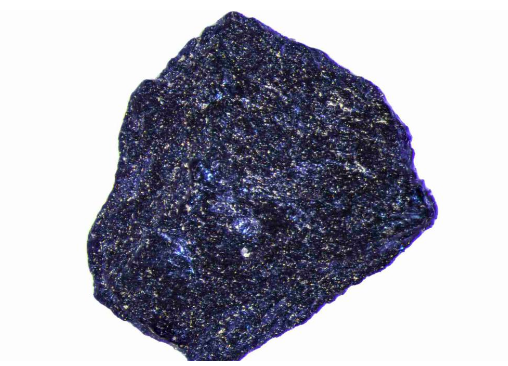Context:
A new study, published in Nature reported discovering room temperature superconductivity in nitrogen doped lutetium hydride at roughly a thousand atmospheres of pressure, which is considered a significant breakthrough.

Image Source: The Hindu
What are Superconductors?
- At every power plant, a portion of the electricity generated is lost during transmission because the wires and cables that carry the current have electrical resistance.
- It can be mitigated to a large extent if a material is used that does not resist the flow of current.
- Physicists discovered such materials a century ago — they are called superconductors.
- It has been realised that superconductors can exhibit truly quantum phenomena that have the potential to enable revolutionary technologies, such as enabling efficient quantum computers.
- All the materials known to be superconductors become that way in special circumstances. Outside those circumstances, they resist the flow of current.
- For example, aluminium becomes superconducting at a cold temperature of less than –250°C.
- Physicists and engineers have been toiling to find materials that superconduct electricity in ambient conditions, that is at one or a few atmospheres of pressure and at room temperature.
Method used by researchers:
- The authors suggested that the presence of nitrogen led to the novel findings.
- They found a way to push some nitrogen into the crystal of lutetium hydride by developing a high pressure synthesis process.
- Superconductivity in the material is brought about by the (microscopic) jiggling motion of the crystal
- Researchers intuited that the right amount of nitrogen could induce the right amount of jiggling — to produce superconductivity at room temperature but without destabilising the crystal.
- The nitrogen doped lutetium hydride was stable in ambient conditions (with a blue colour) but not yet superconducting.
- When a thousand atmospheres of pressure was applied to this material, it turned red, indicating a change in the nature of the electrons in the material.
- When the scientists measured the material’s electrical resistance, magnetic properties, and thermal properties in these conditions, they concluded that the material had become a superconductor.
Questioning the study:
- The validity of this procedure has to be carefully ascertained; some experts have already expressed an inclination to outright reject the technique as being completely unfounded.
- The measurement of the material’s diamagnetism (i.e. when it expels magnetic fields) also suffers the same criticism.
Source: The Hindu
![]() 14 Mar 2023
14 Mar 2023

